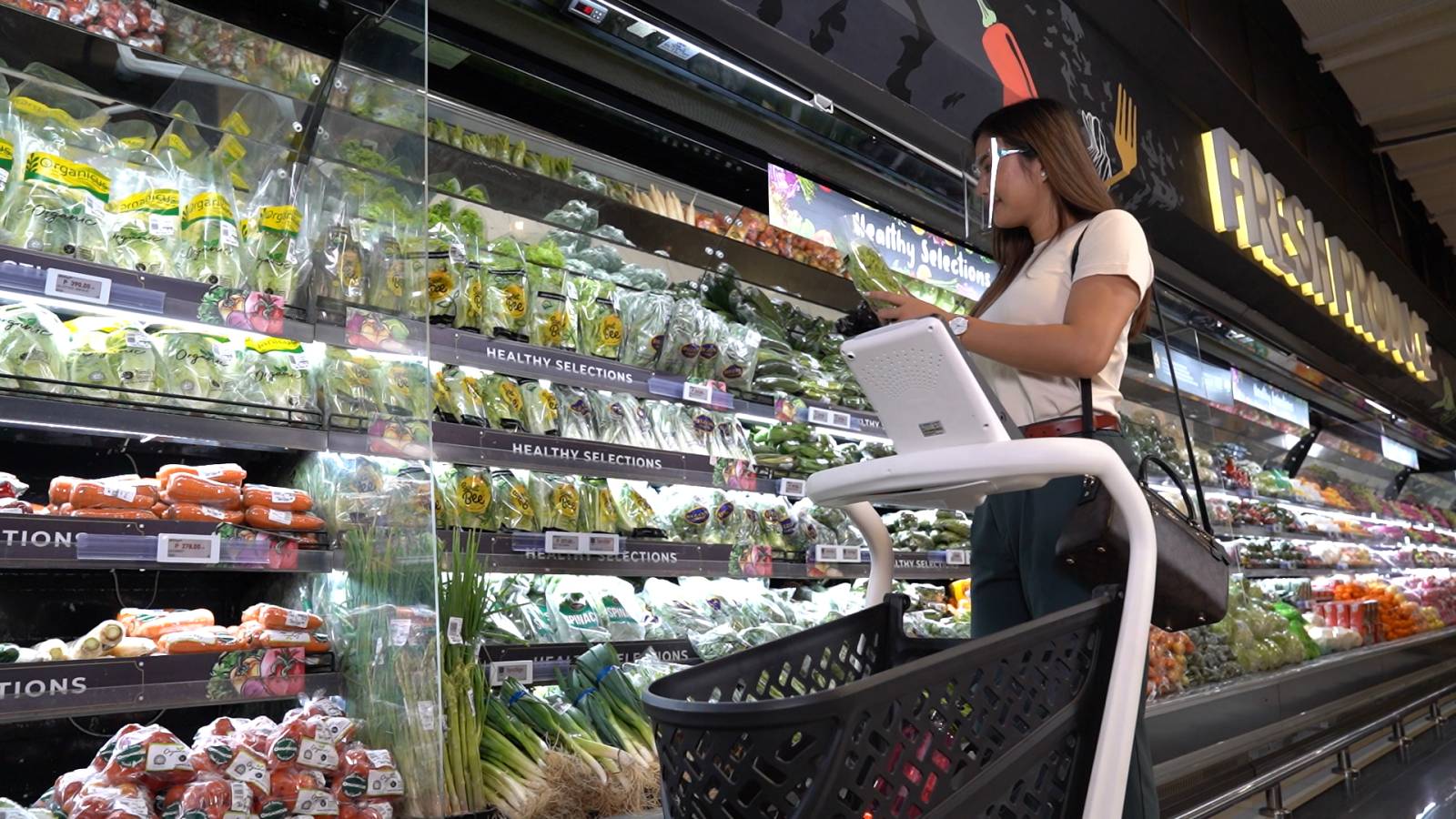Kantar breaks down PHL spending habits, food gets bulk of budget

CHANGES in budgeting for food will continue to shape how Filipinos shop, according to a study by marketing data and analytics company Kantar.
Due to tighter budgets, households allocated around half of their income to utilities, transportation, and food — with the latter accounting for the bulk of the money spent per month. Combined, this trio of expenses accounted for 46% of the expenditure share of Filipino homes in 2022, a decrease from 57% in 2020, according to the pilot release of Kantar’s Shopperscope study.
The expenses of Filipino families have increased at a faster rate compared to the money they are earning, said Laurice Obana, shopper and consumer insight director for Kantar in the Philippines, in an Aug. 23 release sharing the study’s results.
“While local households still prioritize basic needs and utilities on their monthly expenses, they have also developed five habits that will continue to impact and shape how they spend in the future, especially in the post-COVID era,” the study said.
Kantar broke down the five spending habits of 2,000 Filipinos and highlighted the changes between 2018 and 2022:
- Food budgeting
Filipinos spent 31% of their budget on fresh and packaged food this year, down from 37% when the pandemic began in 2020.
The drop is due to Filipinos choosing to eat out again as quarantine restrictions are loosened, according to Kantar.
- Healthcare and coping
In 2022, Filipinos made sure to allocate part of their monthly budget on healthcare, which includes hospitalization, consultation, curative and maintenance medicines, and vitamins and supplements.
However, families also spend to cope with the pandemic stress. Data shows that Filipinos turned to pets, seen in the increase in pet-care expenses, and to de-stressing items like alcohol and tobacco, which had a 4% rise in annual spending.
- Insurance
Kantar found that the pandemic also pushed Filipinos to increase their insurance, savings, and investments.
Ms. Obana said that the intention to save may have been a direct result of quarantine restrictions, with less things or activities to spend on during the height of lockdowns, and uncertainties in employment.
This was short-lived, though with the resumption of pre-COVID activities and the rising cost of goods, the company said in the study.
- Recreation
Recreation and outdoor celebrations have returned to pre-pandemic levels due to mobility, Kantar said.
From almost zero travel spend in 2020, Filipinos in 2022 are now budgeting for vacations and other celebrations, resulting in a small increase in outdoor clothing and footwear purchases.
- Beauty products
A striking decrease was seen when it came to cosmetics and beauty products. It was only in 2022 that beauty and personal care brands regained momentum.
Kantar also specified that Filipinos are considering buying products for a more “natural look” or those made from organic and natural ingredients. — Brontë H. Lacsamana



